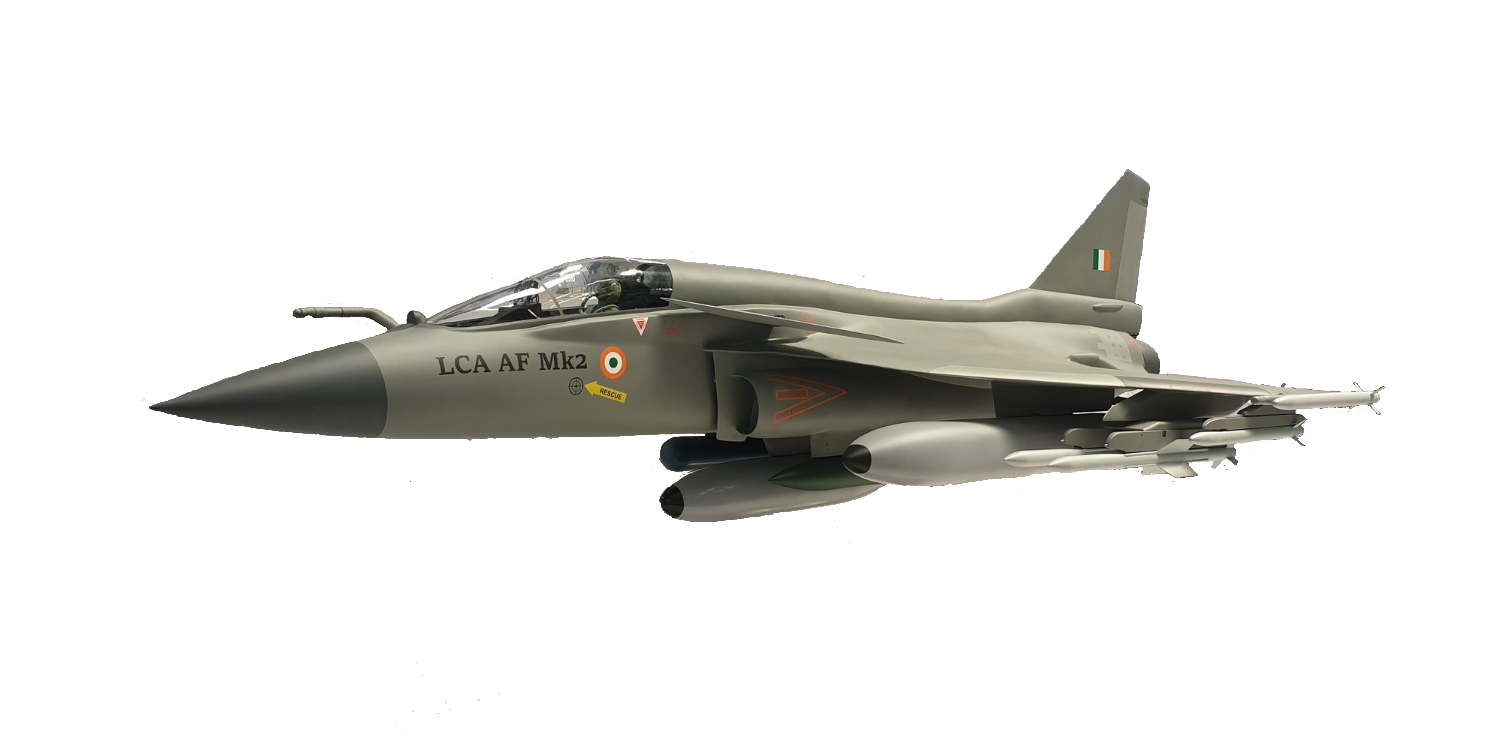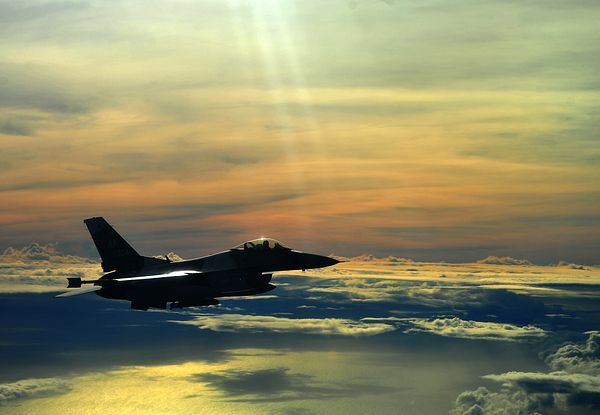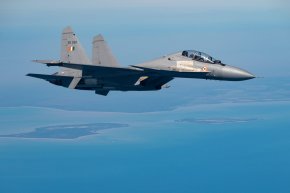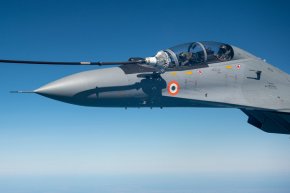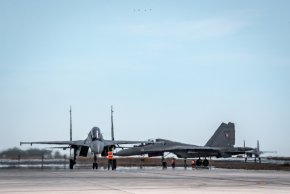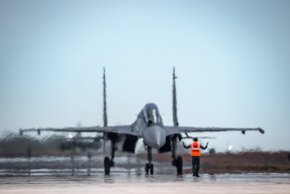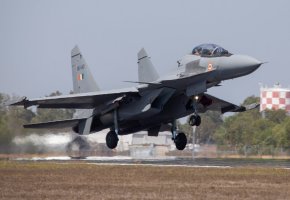Yes, in this area Pakistan has a much better record. The Pakistanis have recognised that their technical & industrial resources are limited & adjusted their ambitions to fit their abilities. They've been willing to buy secondhand, for example. They've done very well with Mirage IIIs & Vs, sweeping up retired aircraft & any accompanying spares & cannibalising them to keep a respectable fleet operational, & kept it relevant with carefully targeted upgrades such as the Grifo radar.
India, on the other hand, has tended to try to run without first making sure it can walk, & made it worse with a stop-start approach. This has shown up in various areas, including aircraft & tanks. It's also behaved arrogantly towards suppliers, both actual & potential, expecting them to make concessions that would result in sales losing money, then seemed surprised when they withdrew their offers.
India was in a good position to do with Mirage 2000 what Pakistan did with earlier Mirages, but as far as I can see it was seen as beneath India's dignity. It blew away the possibility of becoming the sole manufacturer of the M2000 & developing upgrades by re-opening negotiations with other suppliers as Dassault was closing the production line, then complained when the French declined to re-tender the M2000. It imposed conditions the UK wasn't legally able to fulfil on the purchase of ex-RN Sea Harriers, so didn't get them. It held off requesting more C-17s until the production line was closing down. It negotiated for Qatar's M2000s (fairly new, very well maintained, complete with weapons & large spares stocks) as if was a deal for a beaten-up old car & it could dictate the price. The attitude seems to be that suppliers should be so grateful for an order or even the chance of one from a country of India's importance that they should be willing to forego such mundane things as profit.
The Jaguar fiasco is a good example. Weight growth having rendered a thrust increase highly desirable, India invited tenders. RR offered an upgrade & rebuild of existing engines, giving enough thrust to maintain acceptable performance for the remaining lifetime of the airframes. Relatively low price, very low risk. Honeywell offered to fit brand new engines of a new sub-type. Potentially higher performing but more expensive & much higher risk. The Indians then changed the rules of the competition to exclude remanufactured engines. RR withdrew rather than change its bid & nobody else tendered, leaving the Indians with a sole-source risky offer which after ten years of faffing around fell through, forcing the withdrawal of the Jaguar from service earlier than planned & leaving the IAF short of strike aircraft.
And so on . . .
The thing is, India has far more technical resources than Pakistan, & should be leaving Pakistan in the dust. But it's nowhere near as far ahead as it should be.
